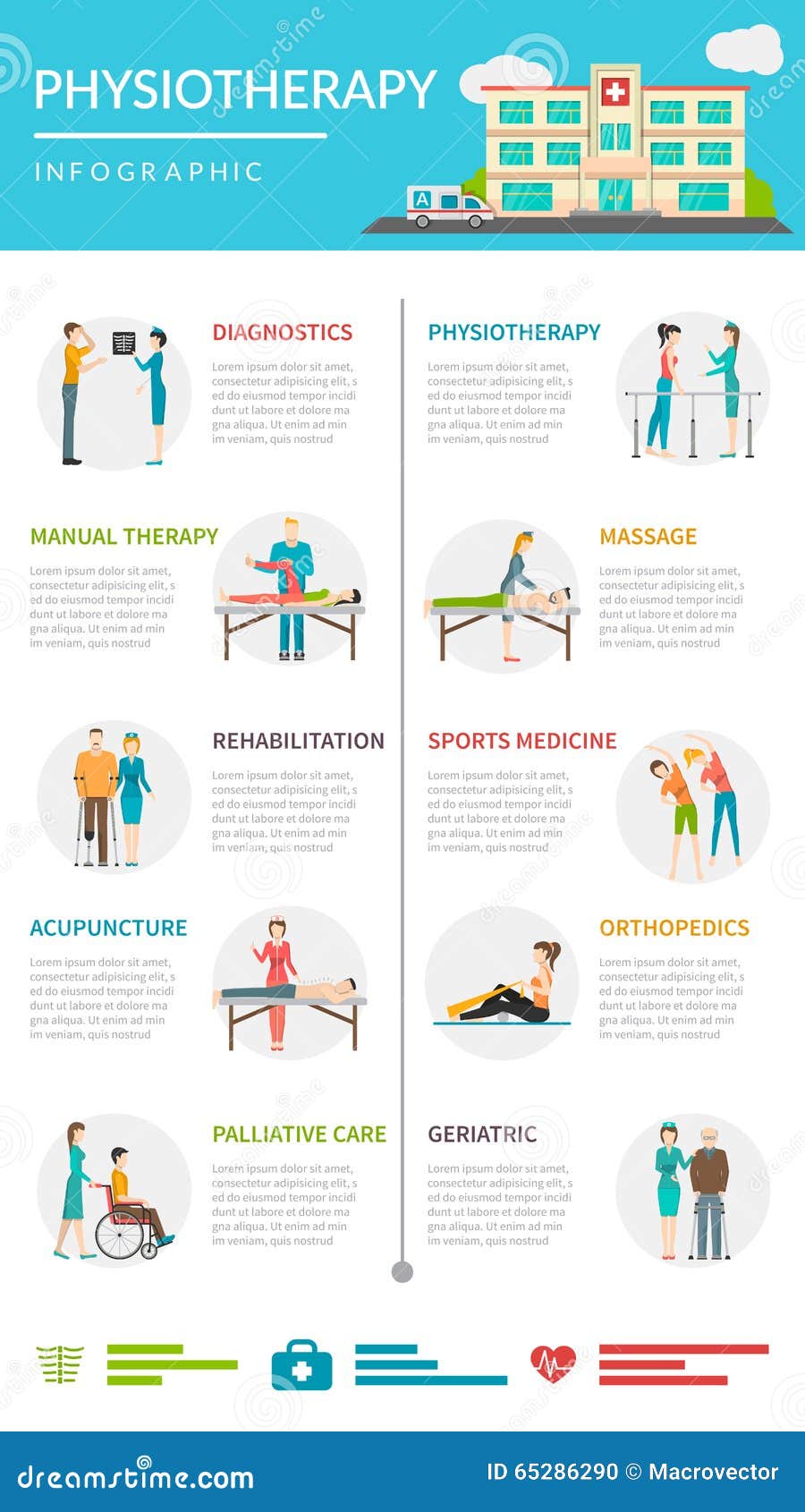Dental Braces On Your Own For An Expedition Right Into The Exciting Cellular Communications Of Cold Laser Treatment And Its Application Of Light As A Healing Mechanism. Take A Deeper Study The Scientific Elements!
Dental Braces On Your Own For An Expedition Right Into The Exciting Cellular Communications Of Cold Laser Treatment And Its Application Of Light As A Healing Mechanism. Take A Deeper Study The Scientific Elements!
Blog Article
Developed By-Bendix Roman
You may have come across cold laser treatment as an appealing therapy choice for different problems, but have you ever asked yourself exactly how it actually services a mobile level? Recognizing the mechanisms behind this therapy can clarify its performance in advertising recovery and lowering inflammation. By exploring the scientific research behind cold laser therapy, you'll get insights right into the remarkable ways in which light can influence cellular processes and assist in tissue repair work.
Just How Cold Laser Therapy Functions
To comprehend how cold laser treatment functions, you require to comprehend the basic principles of just how light energy communicates with biological tissues. Cold laser therapy, likewise known as low-level laser treatment (LLLT), makes use of specific wavelengths of light to penetrate the skin and target underlying tissues. Unlike the intense lasers used in procedures, cold lasers emit reduced levels of light that do not produce warm or trigger damage to the tissues.
When red laser treatment get to the cells, they're soaked up by components called chromophores, such as cytochrome c oxidase in mitochondria. This absorption causes a series of biological reactions, consisting of enhanced mobile energy manufacturing and the release of nitric oxide, which improves blood flow and lowers inflammation.
Additionally, the light energy can additionally boost the production of adenosine triphosphate (ATP), the energy currency of cells, helping in cellular repair service and regrowth processes.
Basically, cold laser treatment utilizes the power of light energy to advertise recovery and reduce discomfort in a non-invasive and gentle way.
Mechanisms of Activity
How does cold laser therapy actually function to create its restorative effects on biological tissues?
Cold laser therapy, also known as low-level laser therapy (LLLT), operates with a process referred to as photobiomodulation. When the cold laser is put on the skin, the light energy penetrates the cells and is soaked up by chromophores within the cells.
These chromophores, such as cytochrome c oxidase in the mitochondria, are after that promoted by the light energy, causing a waterfall of biological responses. One essential system of activity is the improvement of cellular metabolic rate.
The absorbed light power increases ATP manufacturing in the mitochondria, which is vital for mobile function and repair. Furthermore, cold laser treatment assists to lower inflammation by hindering inflammatory mediators and promoting the release of anti-inflammatory cytokines.
This anti-inflammatory effect contributes to discomfort relief and cells recovery.
Restorative Effects
Comprehending the therapeutic impacts of cold laser therapy involves identifying exactly how the boosted mobile metabolic process and anti-inflammatory properties add to its positive results on organic cells.
When Learn Alot more Here is put on the affected area, it stimulates the mitochondria within the cells, bring about boosted manufacturing of adenosine triphosphate (ATP), which is essential for cellular feature and fixing. This boost in mobile energy increases the recovery procedure by advertising cells regrowth and lowering swelling.
Furthermore, the anti-inflammatory buildings of cold laser treatment aid to lower pain and swelling in the targeted location. By hindering inflammatory conciliators and promoting the release of anti-inflammatory cytokines, cold laser treatment aids in alleviating pain and enhancing the general healing reaction.
This reduction in inflammation not just supplies prompt relief yet likewise sustains long-term cells repair.
Final thought
To conclude, cold laser therapy functions by promoting cellular repair work and tissue regeneration with photobiomodulation. Its anti-inflammatory buildings provide pain relief and lower swelling by inhibiting inflammatory conciliators.
This treatment provides a thorough approach to recovery, supplying both instant alleviation and lasting tissue repair advantages.
Through its systems of activity, cold laser treatment confirms to be a reliable and encouraging treatment alternative for a variety of conditions.
